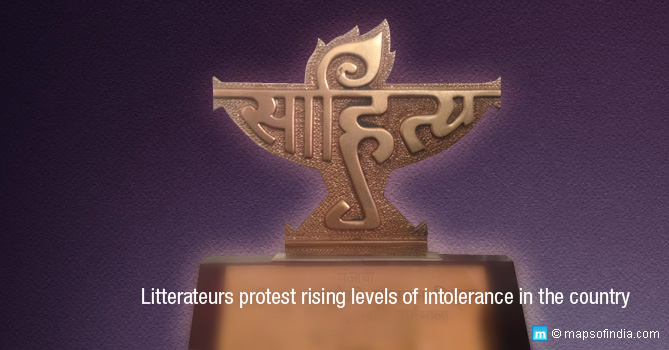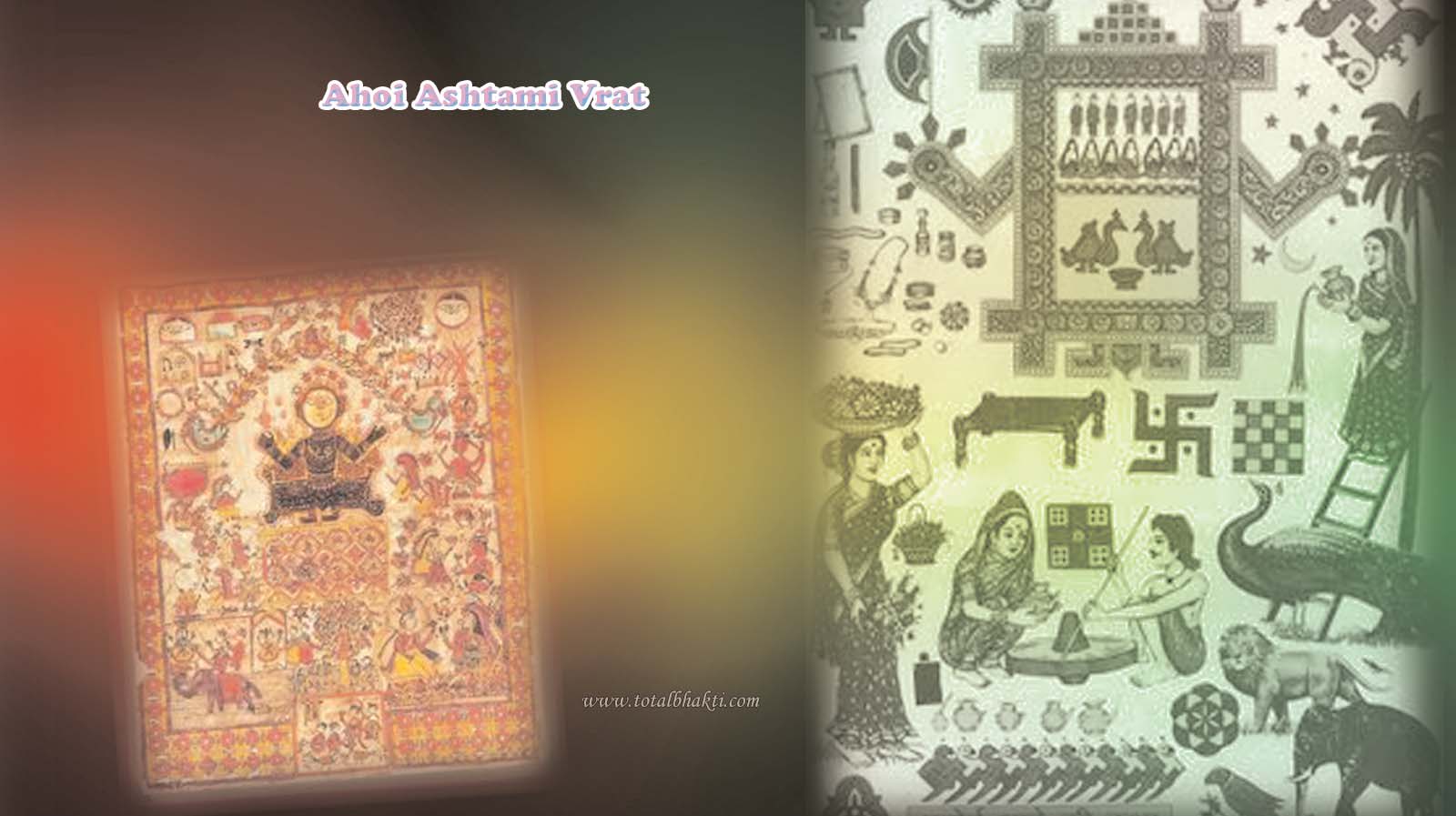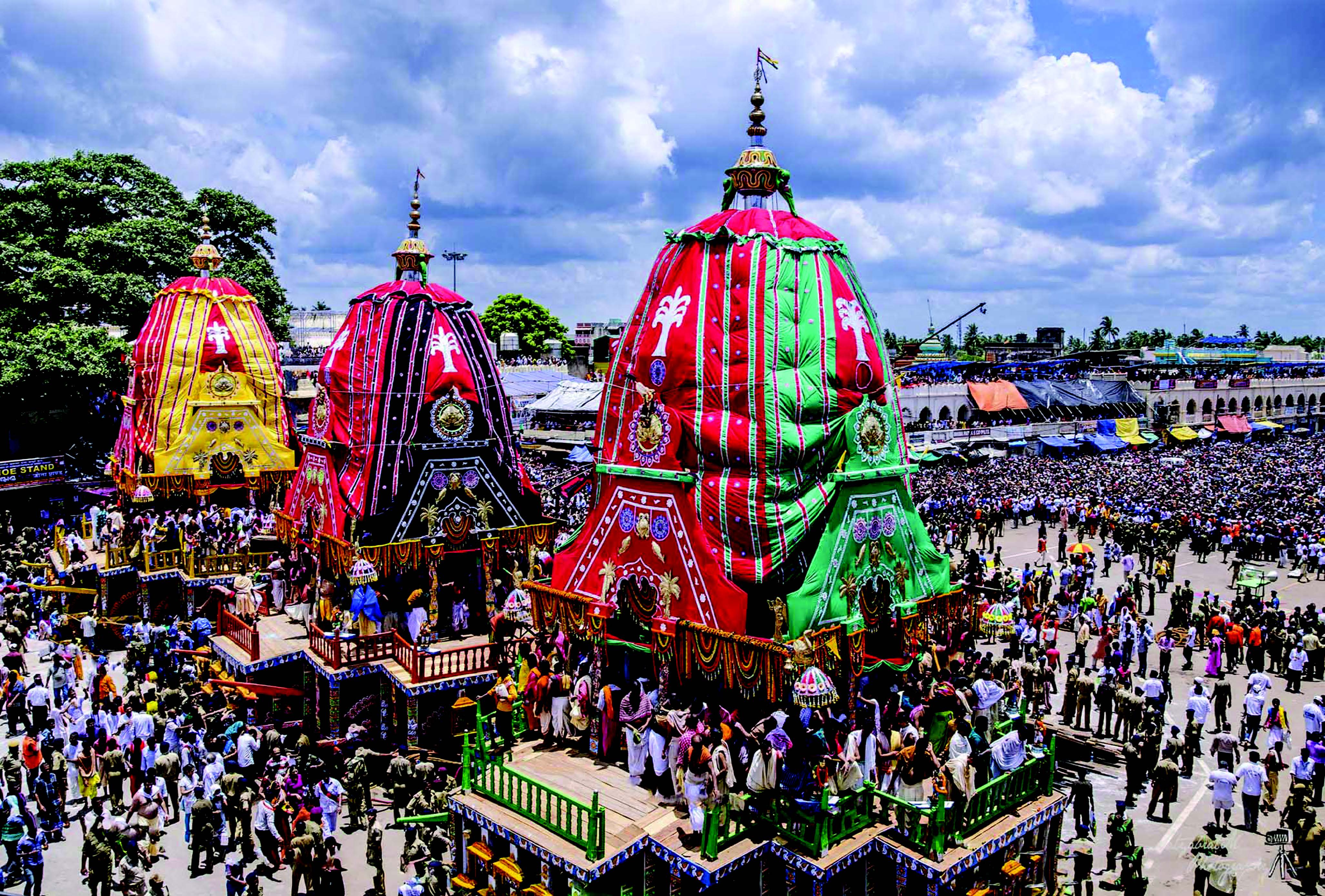
Vasant Panchami, also known as Shri Panchami, is a Hindu festival dedicated to goddess Saraswati. This popular festival is observed on the fifth day of the Hindu month of Magh.
Being an important festival, all Hindus celebrate this day with much enthusiasm and religious activities. Also known as Saraswati Puja, it is considered to be the birthday of goddess Saraswati. She is the deity of wisdom and learning. Along with goddess Parvati and Laxmi, she is one of the three most important deities in Hindu culture. She represents all kinds of knowledge including science, arts, crafts and other skills. Known for her calmness and serenity, she is often shown seated on a white lotus with four hands and wearing a pure silk white sari.
 The four hands of the deity symbolize the different sides of human personality in learning. When seated on a peacock, she signifies that wisdom suppresses ego. On this day people observe various kinds of religious activities and large numbers of Hindus visit temples. Goddess Saraswati is dressed in yellow garments, yellow being the symbol of spiritual knowledge. People also dress up in yellow clothes and offer yellow flowers to deities in the temples. At homes people prepare yellow sweets and dishes such as Kesar Halwa and distribute among relatives and friends. Being an auspicious occasion, children are taught their first words, hence, marking the beginning of their learning period. Schools and colleges organize special pujas to worship goddess Saraswati. Students place their books at the deity’s feet and seek her blessing for better learning. Other religious activities of the day include feeding Brahmans and performing the traditional ritual of ancestral worshipping known as Pitr-Tarpan. On this day, people also perform pujas to worship the God of Love, Kamadeva. Children fly kites on this day and a famous kite festival is observed in Ferozepur, Punjab. Basant Panchami symbolizes the beginning of spring, denoted by flowering and blooming of trees and crops. Signs of new and fresh life on trees and crops indicate the end of winter and beginning of happiness and joy.
The four hands of the deity symbolize the different sides of human personality in learning. When seated on a peacock, she signifies that wisdom suppresses ego. On this day people observe various kinds of religious activities and large numbers of Hindus visit temples. Goddess Saraswati is dressed in yellow garments, yellow being the symbol of spiritual knowledge. People also dress up in yellow clothes and offer yellow flowers to deities in the temples. At homes people prepare yellow sweets and dishes such as Kesar Halwa and distribute among relatives and friends. Being an auspicious occasion, children are taught their first words, hence, marking the beginning of their learning period. Schools and colleges organize special pujas to worship goddess Saraswati. Students place their books at the deity’s feet and seek her blessing for better learning. Other religious activities of the day include feeding Brahmans and performing the traditional ritual of ancestral worshipping known as Pitr-Tarpan. On this day, people also perform pujas to worship the God of Love, Kamadeva. Children fly kites on this day and a famous kite festival is observed in Ferozepur, Punjab. Basant Panchami symbolizes the beginning of spring, denoted by flowering and blooming of trees and crops. Signs of new and fresh life on trees and crops indicate the end of winter and beginning of happiness and joy.
The festival of Basant Panchami is a widely celebrated festival which marks the end of the winter season and the beginning of spring. Goddess Saraswati, the goddess of arts and knowledge, is the presiding deity of the festival. The festival falls on the fifth day of the Indian month of Magh and in the months of January-February according to the Gregorian calendar. The color which denotes the celebration of this festival is yellow and during the entire season, the whole atmosphere is filled with this vibrant color. People wear yellow clothes and prepare yellow sweets which are distributed among their loved ones. The goddess of knowledge is worshipped especially by students and academicians. Though it is celebrated primarily by the Hindus, Jains and Buddhists worship her too as she is the benefactor of all written and performed arts.
Rituals & Tradition
The festival is celebrated with great pomp and show in all parts of India. On this auspicious day, the Hindus get up early in the morning and worship the Sun God after taking bath, if possible, in the sacred river Ganges. Then they clad themselves in yellow, as it signifies spirituality and prosperity. The color yellow also signifies the color of the ripened spring crop. Festive sweets are prepared at home using saffron, as it helps in deriving the color yellow. The goddess is dressed in yellow and the deity is worshipped by the worshippers who are dressed in yellow too. Later, swings are tied to the trees and women have fun singing traditional folk songs to greet the beautiful season of spring. After these rituals, sweets are distributed among the loved ones. The traditional sweet which goes along with the spirit of the festival is ‘Kesar Halwa’ and ‘Sweet Rice’ which are prepared with saffron to add yellow color to the preparation.
Schools and other teaching institutions organize cultural programs on this day, including the worshipping of goddess Saraswati. Along with these rituals, another important part of this festival is introducing children to the world of knowledge, hence marking a beginning to their learning phase. Floral designs are made in front porch of houses to signify the arrival of spring. Colorful kites are arranged by children and the sky gets filled with numerous kites on this auspicious day.
Kite Festival
The festival of Vasant Panchami is celebrated to welcome the season of spring, a season when the earth replenishes itself. Spring also denotes pleasant weather, during which calm wind whistles in your ear and caresses your face with its light cool touch. It is the season when the weather is neither hot nor cold, when the wind has a cooling effect but not the kind to chill your bones. This kind of weather reminds you of a number of things including Basant Panchami, the primary festival of this season. It is one of the most colorful and wonderful festivals of this effervescent nation. The festival brings in a number of colors in the form of colorful attires. Being the color of spring, yellow gets into vogue as it also denotes prosperity, happiness, intellect and energy.
Flying kites is a sport much popular in India. In a clear and pleasant weather, you will see plenty of kites in the sky. Being a part of Vasant Panchami, kite flying competitions take place during this festival. Fighter kites were designed in India and Pakistan for decades. Ferozepur, a small town in Punjab, is famous for this sport and a number of children including both girls and boys purchase kites and fly them. Popular among adults too, they get on to their building’s terrace along with the children, play songs at high volume and dance with the rhythm while flying kites.
The event of kite flying is filled with a lot of enthusiasm and thrill. Both skilled and unskilled participants bring in their fancy colorful kites and the joy they receive when they cut their opponent’s kite is a sight to cherish. With pomp and show the kites are flown and interesting kite fights take place thereafter. Children learn to fly kites from their elders, who themselves like flying them a lot. Kite fighting being the main attraction, people from around the world come to this place to experience the fun involved with this colorful festival. The kites are flown with the help of a string called ‘Manjha’. There are a number of such competitions which are organized during the festival. The competition is always there to rule the sky and one has to keep his kite flying till the end to be the winner. There are judges too, some of whom decides which the most beautiful kite is while others decide which is the biggest. The festival brings with it colors in form of greenery and colorful kites.






Be the first to comment